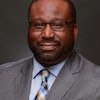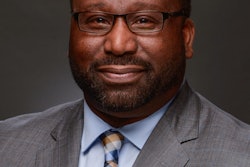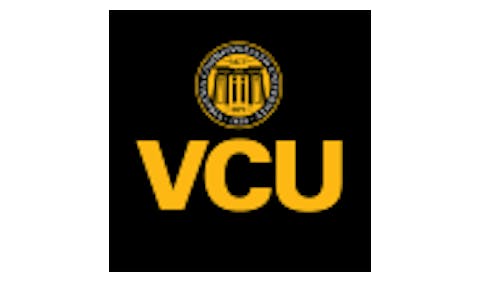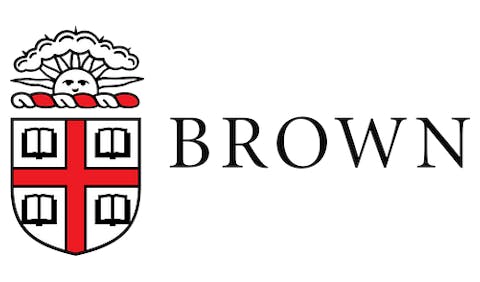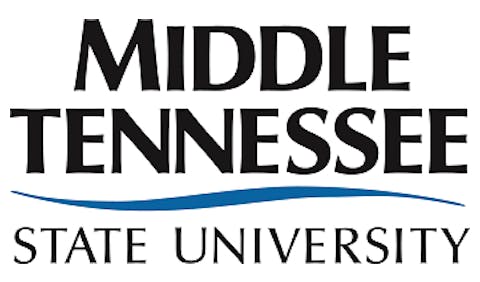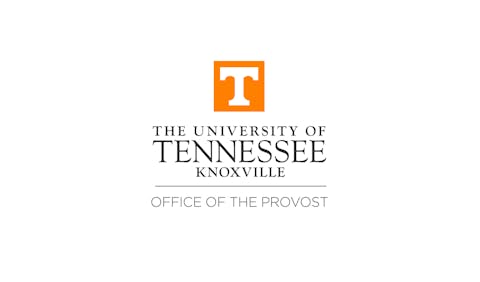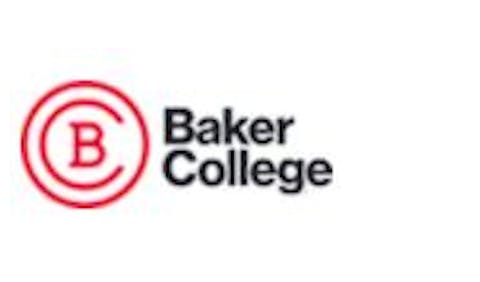WASHINGTON – For-profit, or proprietary, institutions of higher education came under fire Thursday as the Department of Education’s inspector general, a former student, a Wall Street investor, and a former California deputy attorney general testified before the Senate Health, Education, Labor and Pensions Committee and alleged fraud and abuse by those institutions.
Steven Eisman, portfolio manager of the FrontPoint Financial Services Fund, compared for-profit colleges to the subprime mortgage lending industry.
“The government, the students and the taxpayer bear all the risk, and the for-profit industry reaps all the rewards,” he said. “This is similar to the subprime mortgage sector in that the subprime originators bore far less risk than the investors in their mortgage paper.”
According to Eisman, the industry accounts for 9 percent of the students; 25 percent of all Title IV loan and grant disbursements, and 44 percent of all defaults. At many of those institutions, he added, Title IV loans and grants make up 90 percent of total revenues. He cited ITT Educational Services as an example, noting that it “is more profitable on a margin basis than even Apple.” Eisman predicts that, in the next 10 years, close to $500 billion in Title IV loans will be funneled to for-profits and that its students will owe $330 billion on defaulted loans.
How did it get to this point?
In her testimony, Kathleen Tighe, the Education Department’s inspector general, cited numerous examples of fraud and abuse, including falsified records to qualify students to receive and continue getting federal financial aid and enrolling students in programs that do not meet minimum program eligibility requirements; failure to refund Title IV funds when a student drops out of an institution; and added “creative accounting schemes” to falsely demonstrate that the institution is meeting the 90/10 Rule so they can continue participating in federal student aid programs.
Tighe also said that her office has received complaints that institutions are violating a ban on incentive compensation for recruiters to increase enrollment. Unfortunately, the current regulations of the Department of Education shield schools from administrative civil and criminal liability, but that could change if recently proposed rules are adopted.
Other changes proposed include protecting students from misrepresentation, governing ability-to-benefit testing and satisfactory academic progress, and establishing a process to check whether a high school diploma is valid for student eligibility purposes, Tighe testified.
Margaret Reiter, a former deputy attorney general in the California Department of Justice, last prosecuted cases against postsecondary proprietary schools for unlawful and fraudulent business practices in the late 1990s. She told lawmakers that today such schools are more likely to be publicly traded, be larger and be richer and but the abuses are strikingly similar, causing students to rack up much larger debt.
“The Department of Education has proposed some much needed regulations to attempt to fix the problem. That is a good start, but fixing this problem will require stronger, tougher regulations than the Department of Education has yet proposed. It will also require legislative measures that finally get to the heart of the problem,” Reiter said.
Yasmine Issa, a single mother of twins from Yonkers, N.Y., testified how the Sanford Brown Institute in White Plains made several promises and actively pursued her until she enrolled in its ultrasound technician’s program.
She borrowed $15,000 of the $32,000 she paid to attend the school but did not discover until after graduation that the program is not accredited although the school is and that she would not be able to find a job in that field. Issa later found a local community college that offers an accredited ultrasound program at half the cost. When she inquired about enrolling there, Issa was told the school would not accept a transfer of credits from Sanford Brown.
“The closest that I have come to a real ultrasound job was the two months when I worked as a temp for a private doctor while his ultrasound tech was on vacation,” she told lawmakers. “It’s hard to find any work without a marketable skill, but going to Sanford Brown to get one has left my family and me worse off than if I had never gone back to school.”
The hearing is the first of what will be a series to investigate waste, fraud and abuse at for-profits. Committee chairman Sen. Tom Harkin (D-Iowa) unveiled a report titled “Emerging Risk: An Overview of Growth, Spending, Student Debt and Unanswered Questions.” It found that enrollment at for-profits grew 225 percent between 1998 and 2008 and that their share of federal education loans has doubled. The average fiscal year 2009 operating profit was $229 million, and at eight publicly traded for-profit schools almost 50 percent of the costs incurred were unrelated to education. In addition, the report showed, graduates have higher default rates and higher debt loads, and statistics suggest that many are dropping out.
“We really have to question the profit margins of these companies. It seems we have a situation where the bad actors are pulling the good actors,” Harkin said. “I know first-hand how a student loan can transform the life of someone from a background of modest means. Low-income students depend on the federal government to provide them with the opportunity to attend college. Congress has a responsibility to ensure that this opportunity is real and not just false hopes pedaled on a billboard or pop-up ad.”
To read all of the testimonies and view a webcast of the hearing, click here.

